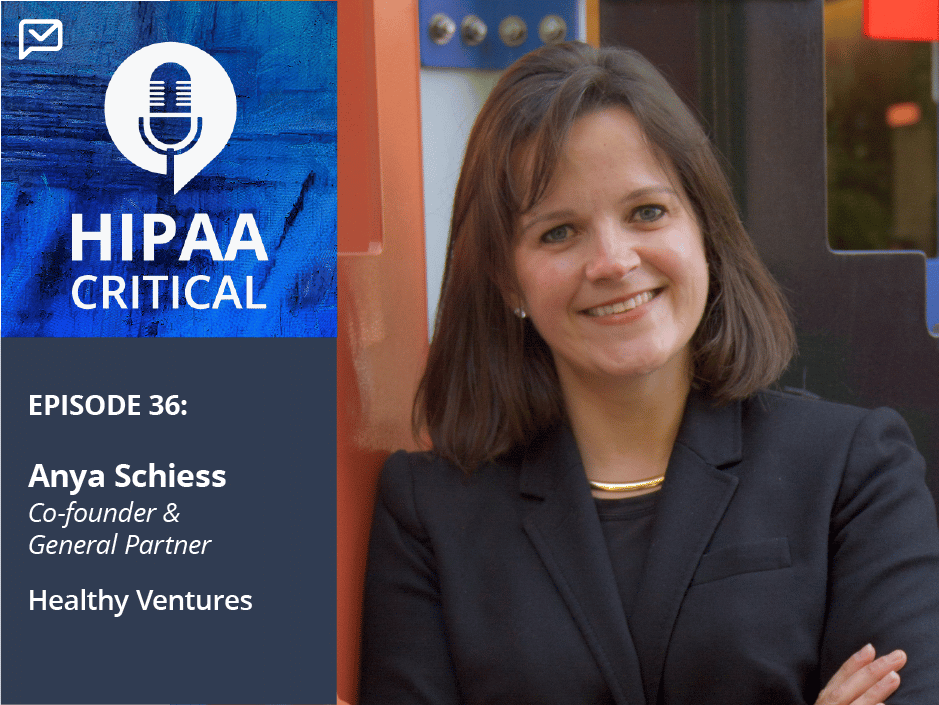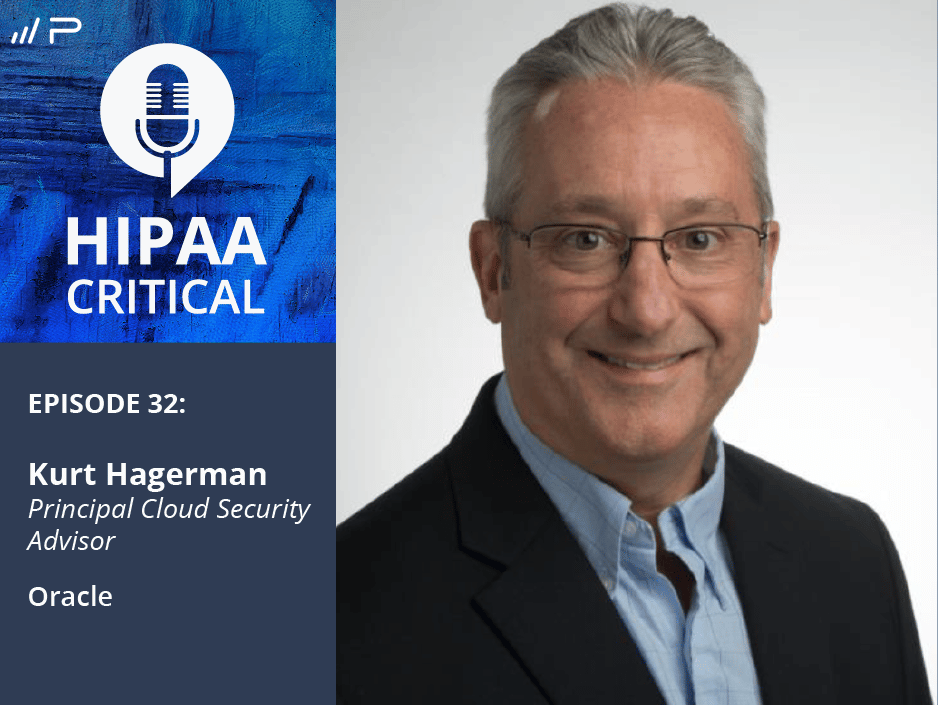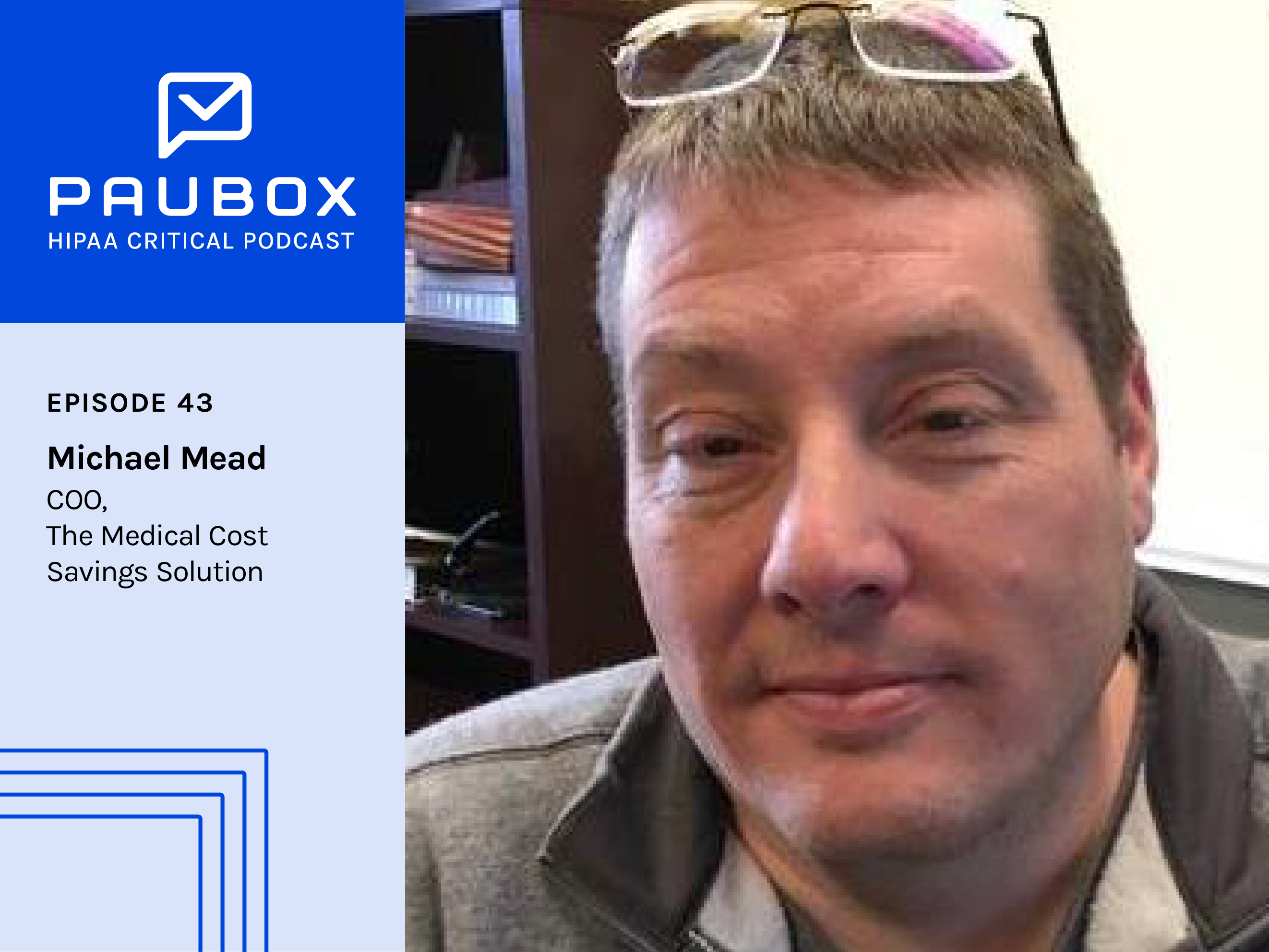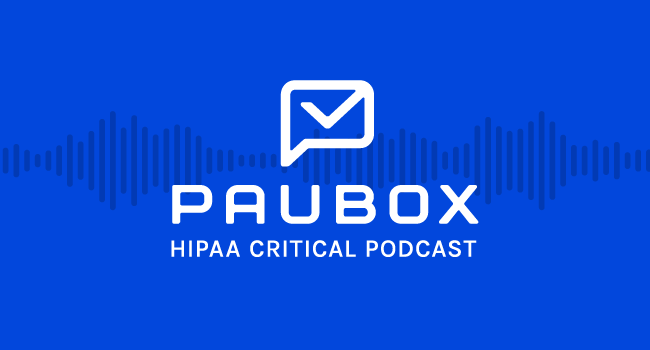7 min read
36. Anya Schiess: “Telemedicine is just an example of what COVID has catalyzed”
Hannah Trum Mar 4, 2021 12:00:00 AM

Today, we're talking with Anya Schiess, Co-founder and General Partner of Healthy Ventures. She will shed light on a variety of topics such as challenges for health systems, why modern data architecture is important, FinTech, and what is on the horizon for healthcare.
Rather read?
Anya Scheiss: Healthy Ventures is an early-stage fund targeting the core guts of healthcare technology. We call it infrastructure, middleware, things like that. Companies that are helping the business of health care work.
Sierra: Okay, great. Do you mind providing some additional background on yourself and your focus as co-founder and general partner?Anya: I've been in healthcare since 1996. My first job was with a company called Isaac's Technologies. I’ve been in healthcare ever since.
Until 2008, it was more on the operating side and since 2008 have been on the investing side. I started my investing career doing more life sciences, so biopharmaceuticals, medical device diagnostics, things like that. Then at Healthy Ventures, which we started in 2015, has been more on the health technology side. Sierra: I know from doing some research on you that you are very knowledgeable in regard to cybersecurity as it relates to healthcare. Do you have any advice for our healthcare listeners?Anya: Healthcare is one of the more breached industries, right? We definitely have a problem with security in general. Healthcare data is much more valuable on the black market than, for example, financial data. It's immutable, right? Your fundamental health, genetic code, and stuff like that doesn't change. We can all close down credit cards and open up new credit cards, but you can't change your health.
It's obviously a big problem. Where we see a lot of the issues today are in places like health systems, which have a couple of really big challenges. One challenge is whenever you're trying to provide campus-wide security, that's a much more difficult thing to do.
Secondly, it's not only a campus that is open, by definition, to all sorts of different people on any different day, unlike a corporate campus, which can be fairly controlled in terms of who has access, who can get on their networks, etc. One of the big problems that we see on the cybersecurity side for healthcare is how do you manage within those environments, particularly those environments that have all sorts of endpoints you might not know about on the network. Think of like a Tesla car, right? That is sitting in a house, in a hospital parking lot, but that gets on their network, and that Tesla car could be a vector for attack.
There are many different vectors that happen when you're at a place like a health system that you wouldn't have to deal with in many other settings.
Sierra: That makes sense. For healthcare organizations, modern data architecture is a necessity. Can you talk a little bit more about this?Anya: Think about the healthcare changes that COVID has accelerated. Before 2000, there weren’t that that many telemedicine visits. The number of telemedicine visits in 2000, compared to 1999, was literally like 100 X. It was just an astronomical growth in terms of what the deserts look like. Telemedicine is just an example of what COVID has catalyzed.
If you don't have a modern technology stack, it is incredibly difficult for you to deal with those changes. Using telemedicine example, it's not just the physical face-to-face contact you have with someone; you could do that on Zoom, FaceTime, whatever their HIPAA compliance issues.
When you're thinking about how a healthcare client would have to change their technology stack, it's not just the video piece or audio piece. It's the intake, right? It's the onboarding; it’s the billing. How do you set up your billing system to sort of recognize and code that? There are all these other factors that have to happen when you have a change. That would seem easy. Just have your doctor call a patient on the phone versus having them come in person. That's just one example. That's just looking at what happens with telemedicine.
More and more care is being moved out to the periphery. Within the clinical trial space, more and more clinical trials are decentralized, meaning a patient has to go to this site much less often. All of these different changes have to be incorporated into the core technology stack of whomever the provider is. That really requires a modern, modular, adaptable stack.
This past year, that's where we've seen a lot of the winners separated from folks that aren't ready.
Sierra: In FinTech, there seems to be a lot going on in the financial side of healthcare, insurance, of payments. Can you talk about where the biggest opportunities are?Anya: FinTech within healthcare, kind of that merger is a really interesting space right now, both on the insurance side. There is a huge boom in Medicare advantage over the past few years. Medicare Advantage is the fully capitated form of Medicare. The insurance providers are also the healthcare provider, and they're taking on the full risk of the patient's outcome.
You have to be a lot of innovations to make sure you can adequately handle that risk to deliver good care. CMS just launched, I think, in October of last year a program called Direct Contracting. It allows physicians that are more on a fee-for-service basis. That's the ala carte, “I'm going to get this diagnostic test,” you get reimbursed this. You're going to do a tongue depressor, and you're going to get reimbursed for this. You added it all up. That's the fee for service.
This Direct Contracting program allows fee for service providers to start getting into value-based with Medicare. Obviously, on the commercial side, we've seen a big shift to more value-based care. From that perspective, there's a lot of financial innovation in terms of how you do that, how you underwrite that, what those new types of insurance look like.
Then also, per what we were talking about with the transformation of care, going more to the edges, there's been a lot of innovation in terms of how to collect payment. How do you give patients access to credit? Because the average savings account balance in the US is $800. Your average deductible is $2000. That math doesn't work for patients. Do you have to figure out how we can give them access to credit? How do we figure out how to collect? Your average provider only collects about 62 cents on the dollar. Is it owed to them by patients.
When patients were 2% of their entire revenue, the fact that they collected 1.2 of that 2% not a big deal when patients are 20% of the revenue if they're only collecting 12% instead of 20; now, that's a huge issue for the practice. Even the difference between the practice being in the black and being in the red. So a lot of innovation there.
Sierra: I'm so glad that you touched on the financial side of healthcare. And can you talk about where the industry is going as a whole?Anya: It’s a great macro question. You can think about it in a couple of different ways.
On the pharmaceutical side, or therapeutic side, not even just pharmaceuticals, but it's really a story of personalization. You still have the mega billion-dollar drugs, but the number of people taking those billion-dollar drugs is much smaller. You have this personalization. We call it specialty pharmaceuticals. It's not the pills; it's injectables, things like that.
That is leading to a very different sort of evolution for healthcare. We now have a lot of technology to understand better how to repurpose existing drugs for other indications. That's launching a really interesting area of terrific growth on the development side. Not for the research side because it's not a new drug, but really on the development side. So that's all happening there.
There's a lot of technology now being applied to drug discovery, which is an incredibly hot space. There's a lot of money that has to go into solving this specialty pharmaceutical distribution problem. We talked about specialty just now, how to get those drugs to patients, how to keep them on the drugs, etc. That's an interesting space.
Then as I touched on before, care is getting really driven to the edges. Whether it's a hospital or at home, whether that's a clinical trial, but you can see your local pharmacist, and they can do the work or your local phlebotomist, and they can do the work versus going. In just an instance of pushing care. Further out is, is another space. That's really interesting right now, and certainly where healthcare is going.
Sierra: I'm so glad you touched on all of these different points. How do you keep up with industry trends and best practices?Anya: It's a lot of conversations. We have a lot of relationships with people on the payer side and the provider side to understand what they're seeing and what's going on there. Same thing with the life sciences to understand kind of what the big trends are. We read a lot of trade publications and stuff like that and talk to a lot of people that universities on the life science side and new technologies are great sources of staying ahead.
The other thing that I think is really important is the kind of horizontal thinking. All the subject matter expert experts that I just discussed are within the vertical of healthcare. So, they're answering stuff very specific to healthcare. But there's also the thinking that has to be horizontal, like what's going on in other industries? How might that touch on health care? Or are there models that other people have discovered and other industries that might be really applicable here? I think the other thing is having a lot of relationships across horizontally that you can draw on to find out what's going on elsewhere that may or may not be important than healthcare right now, but it's good to know.
Sierra : A lot of people use peer groups, or they collaborate with other folks in the industry or talk to other folks outside their industry that are on their same level. So it's probably the best place to learn.Anya: The other thing, we meet about 15 new companies every week. So when you're just talking to that volume of terrific entrepreneurs doing interesting things, you get a sense of where the trends are and are going just by sheer numbers.
Sierra: Y’all got a unique perspective to look into the business models and so on and so forth of different companies in different industries. That's really cool. Anya, thank you again for your time today and listeners. Thank you for joining the HIPAA Critical Podcast. We have a few announcements. Our next virtual conference is called Paubox Spring Summit 2021, “Secure Communication During a Pandemic.” It will take place virtually on April 6. We are actively looking for event sponsors, and attendance is completely free. If you’re interested in attending for free or sponsoring, please send an email to me at sierra@paubox.com. We are now also doing monthly zoom social mixers. This is a place for networking for our customers and noncustomers. Each attendee will receive a drink (alcohol or non) of their choice sent to you before the two-hour virtual event. Attendance again is free, and please send an email to sierra@paubox.com if you would like to attend. As a reminder, you can listen to other podcasts at www.paubxox.com or subscribe via Apple Podcasts, Spotify, iHeartRadio, Stitcher, or Amazon Music. Thanks again and see you next time.Subscribe to Paubox Weekly
Every Friday we'll bring you the most important news from Paubox. Our aim is to make you smarter, faster.




